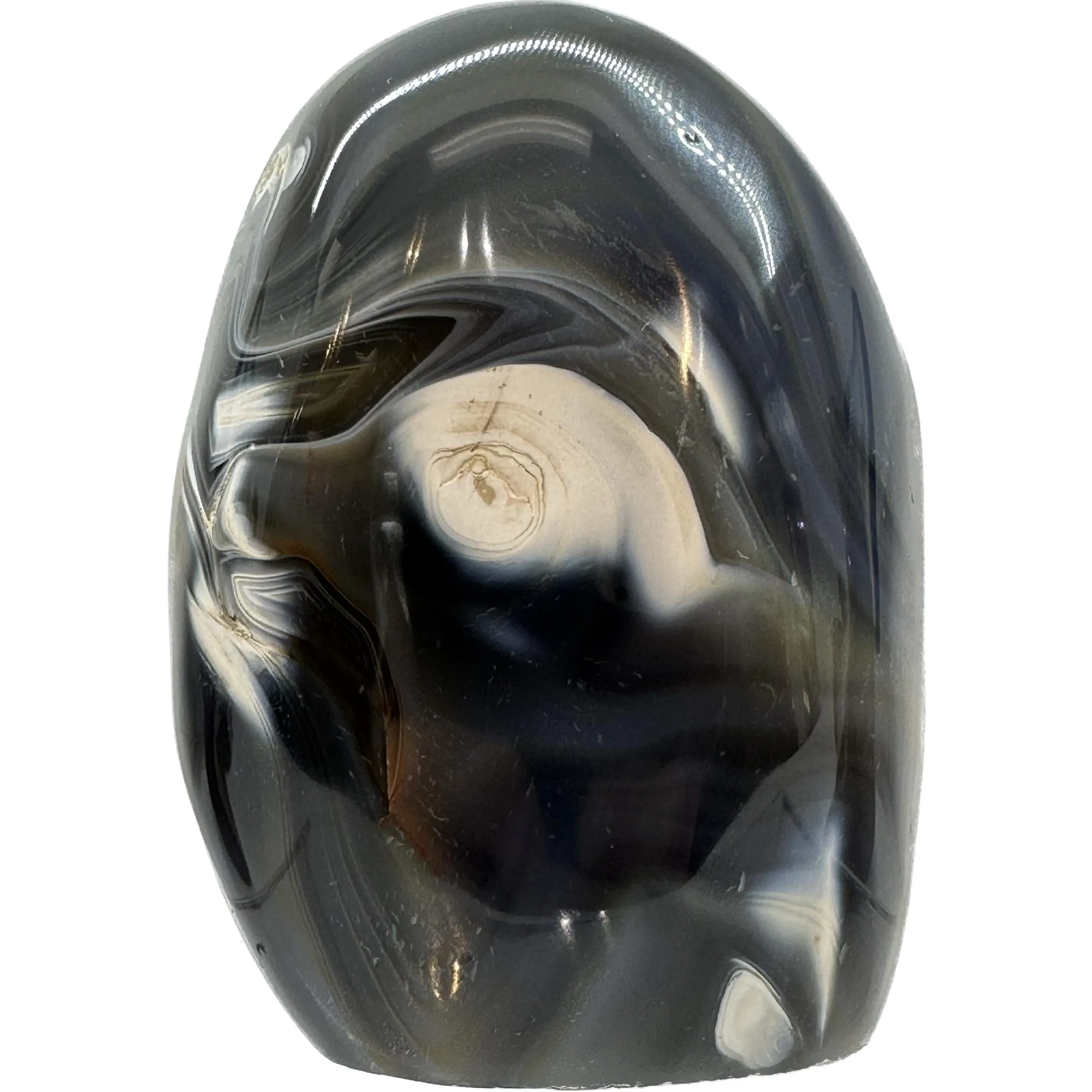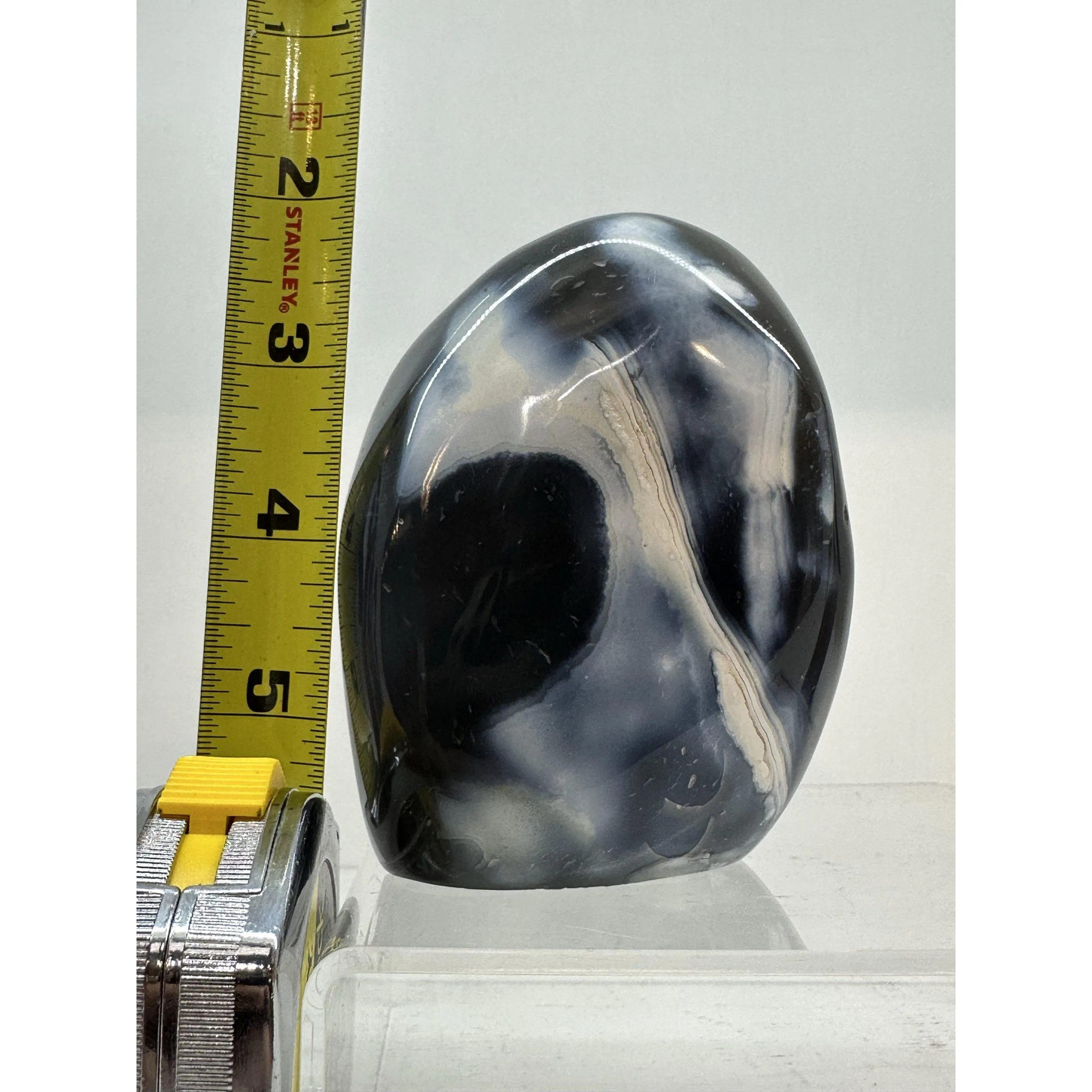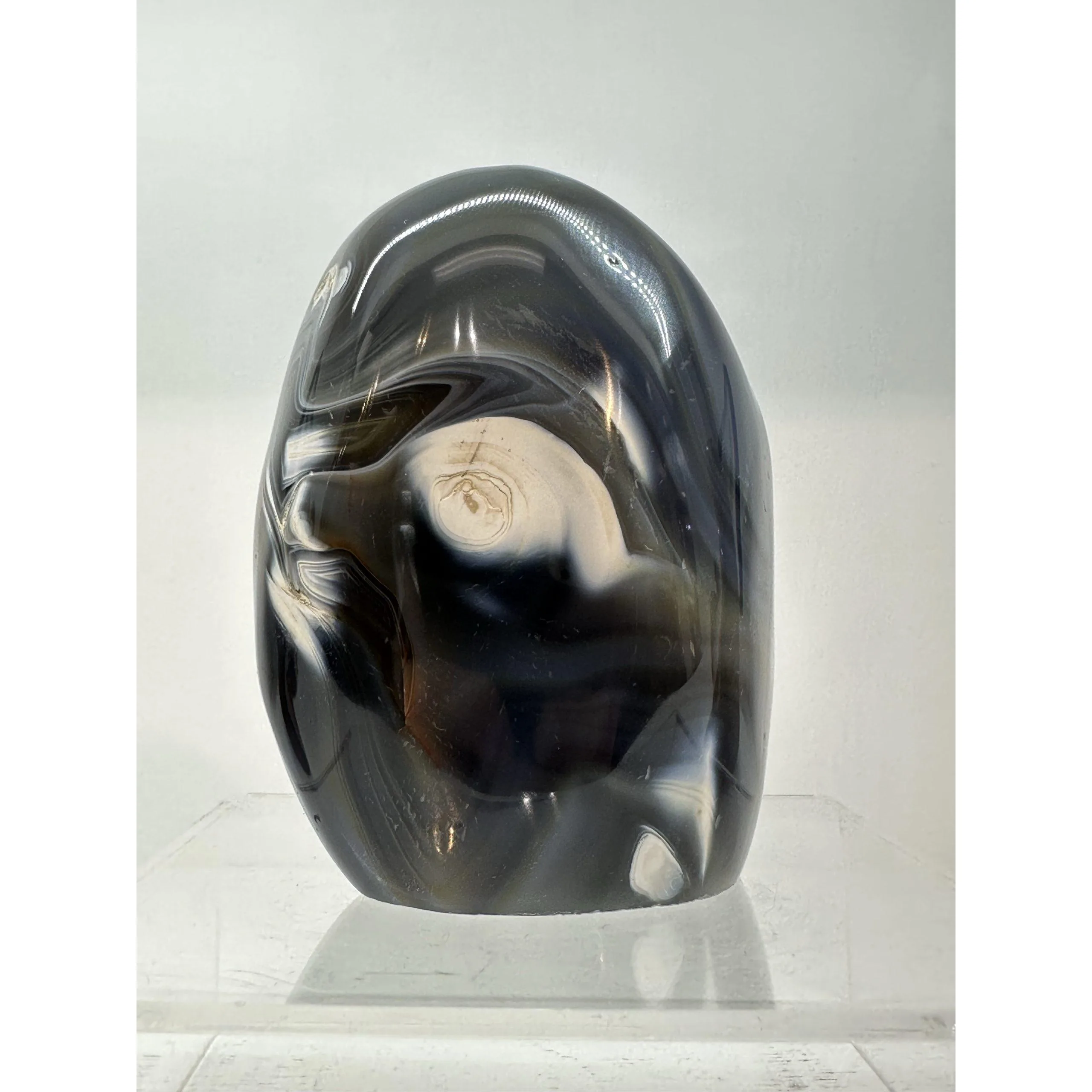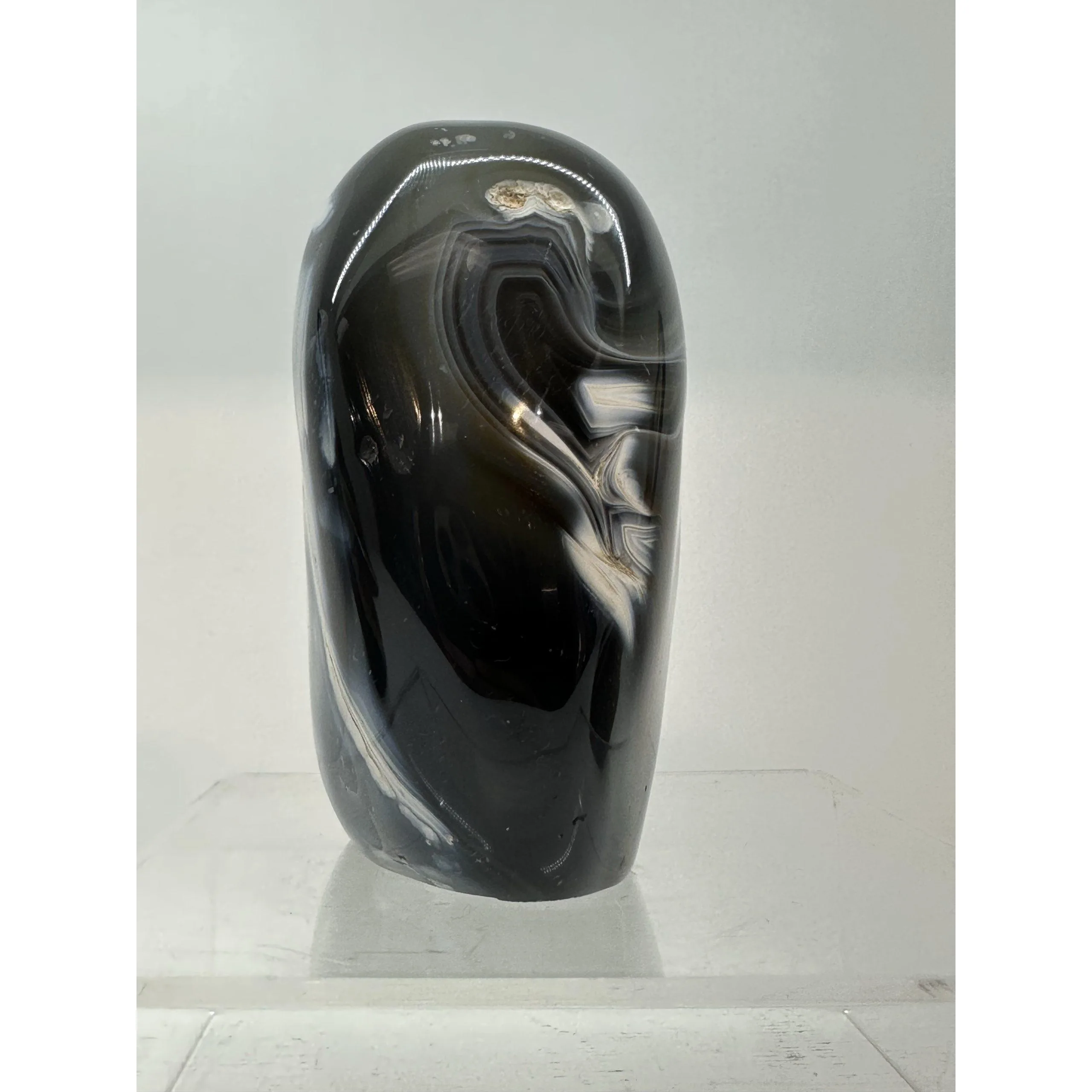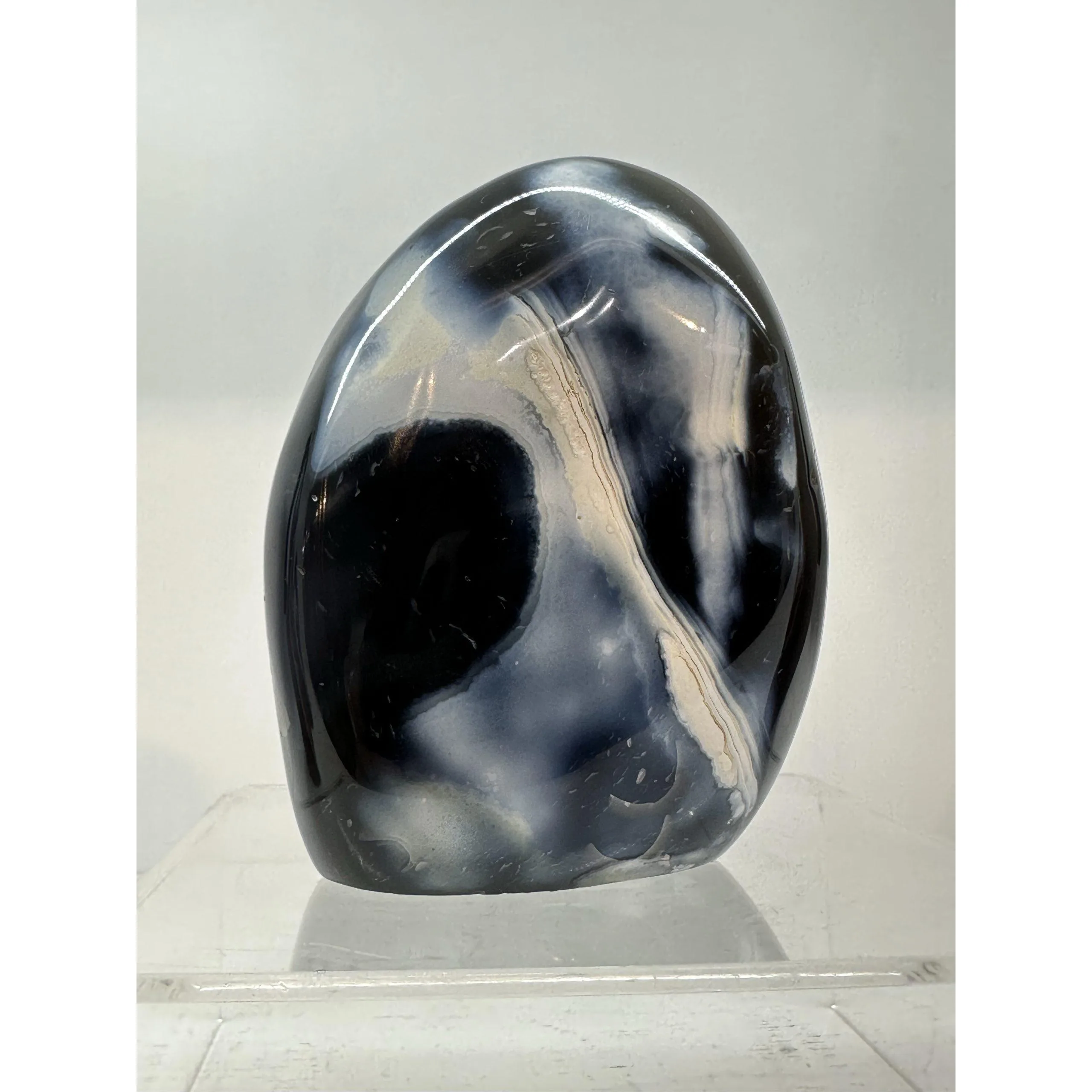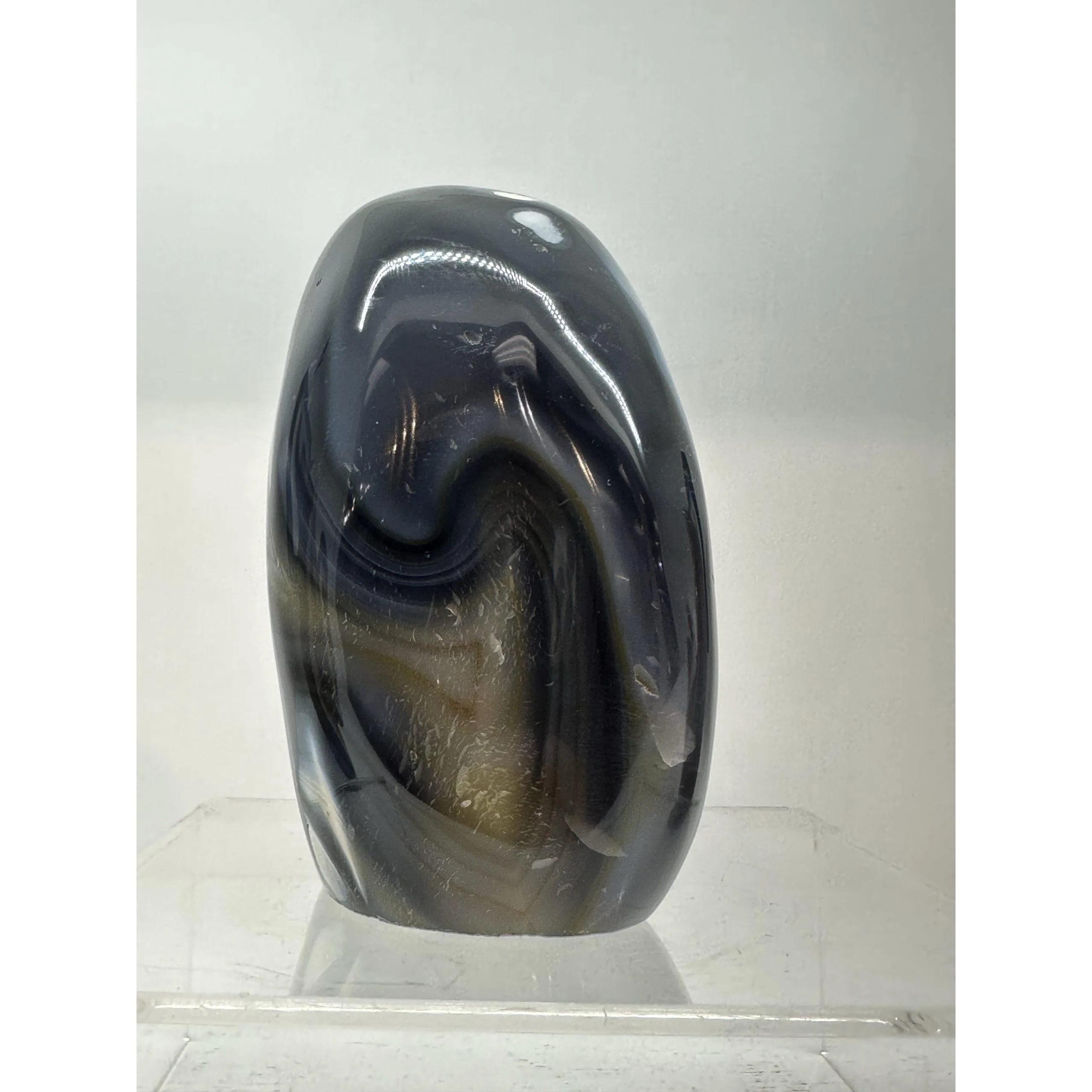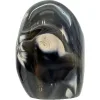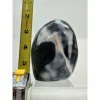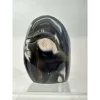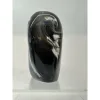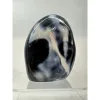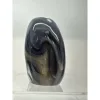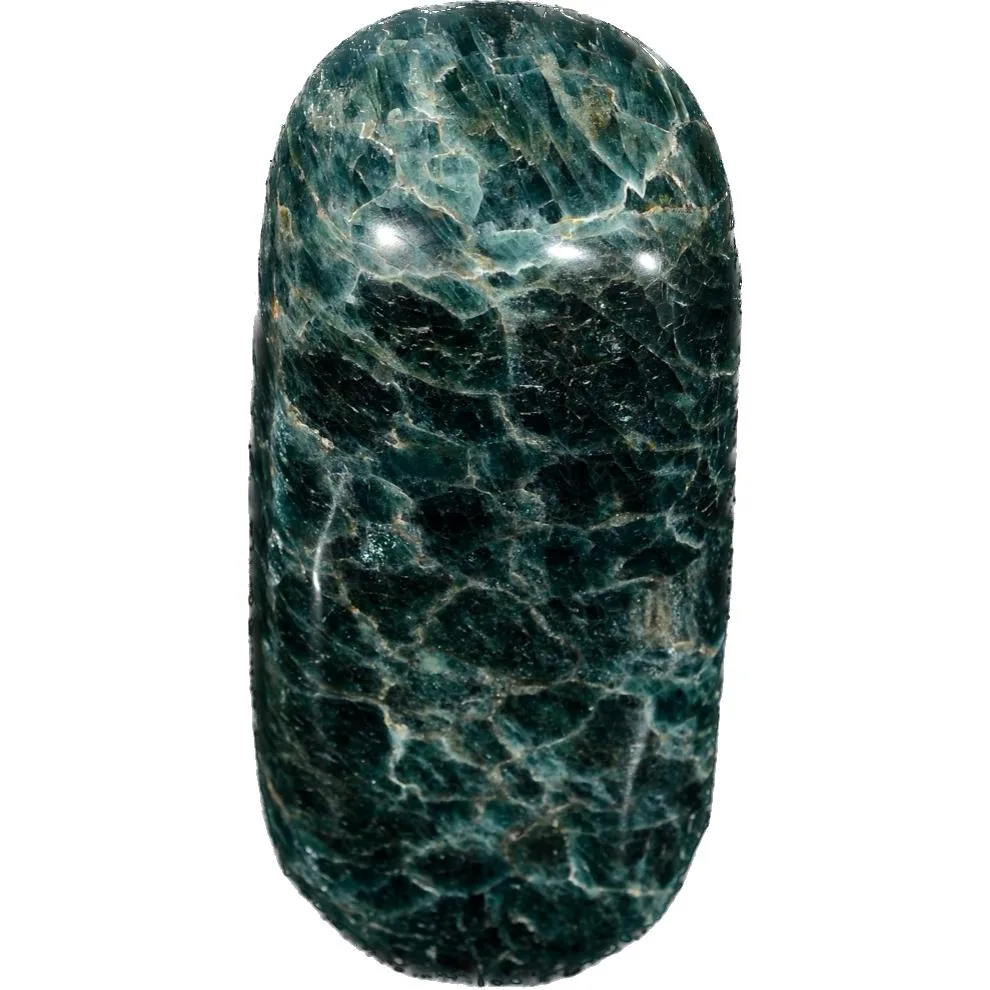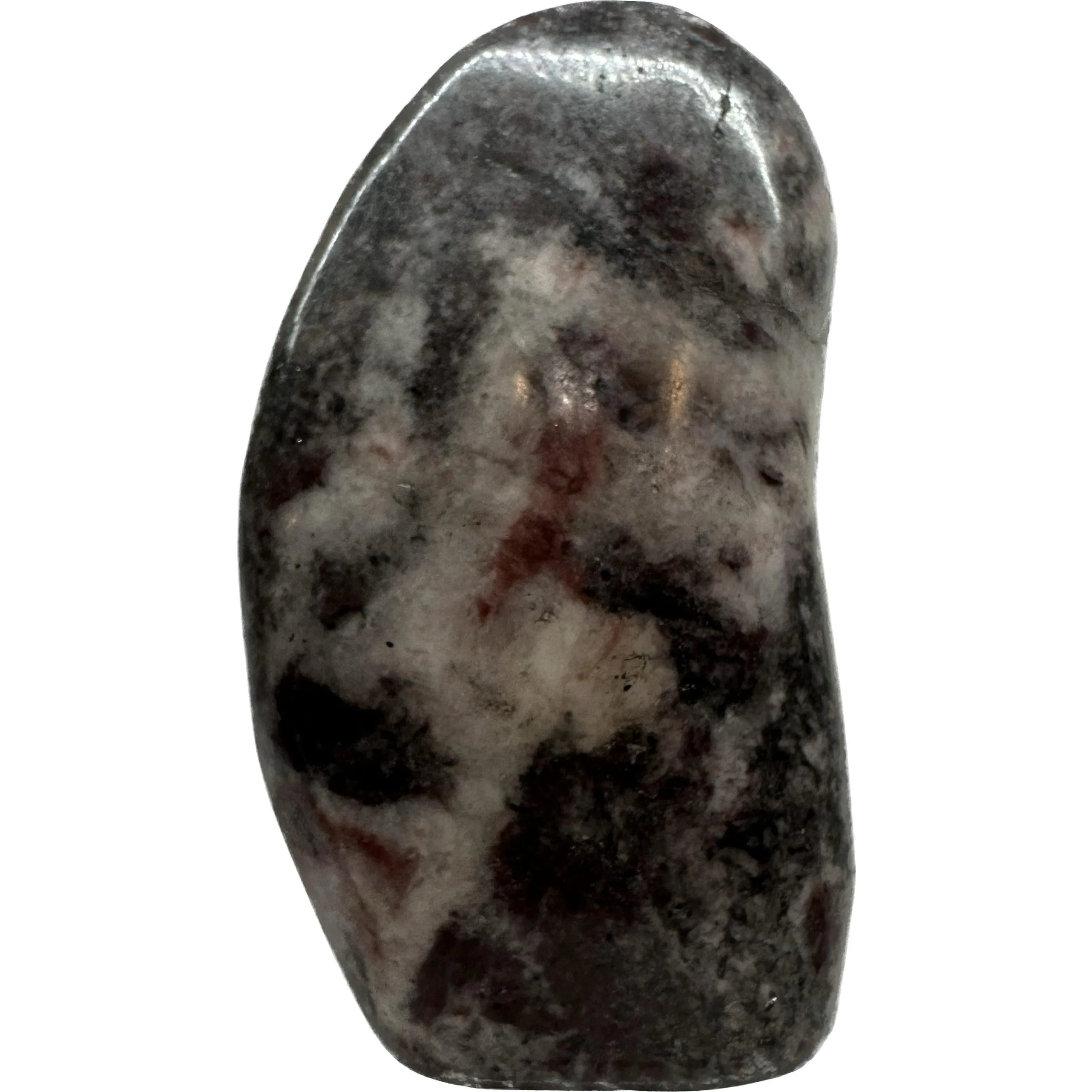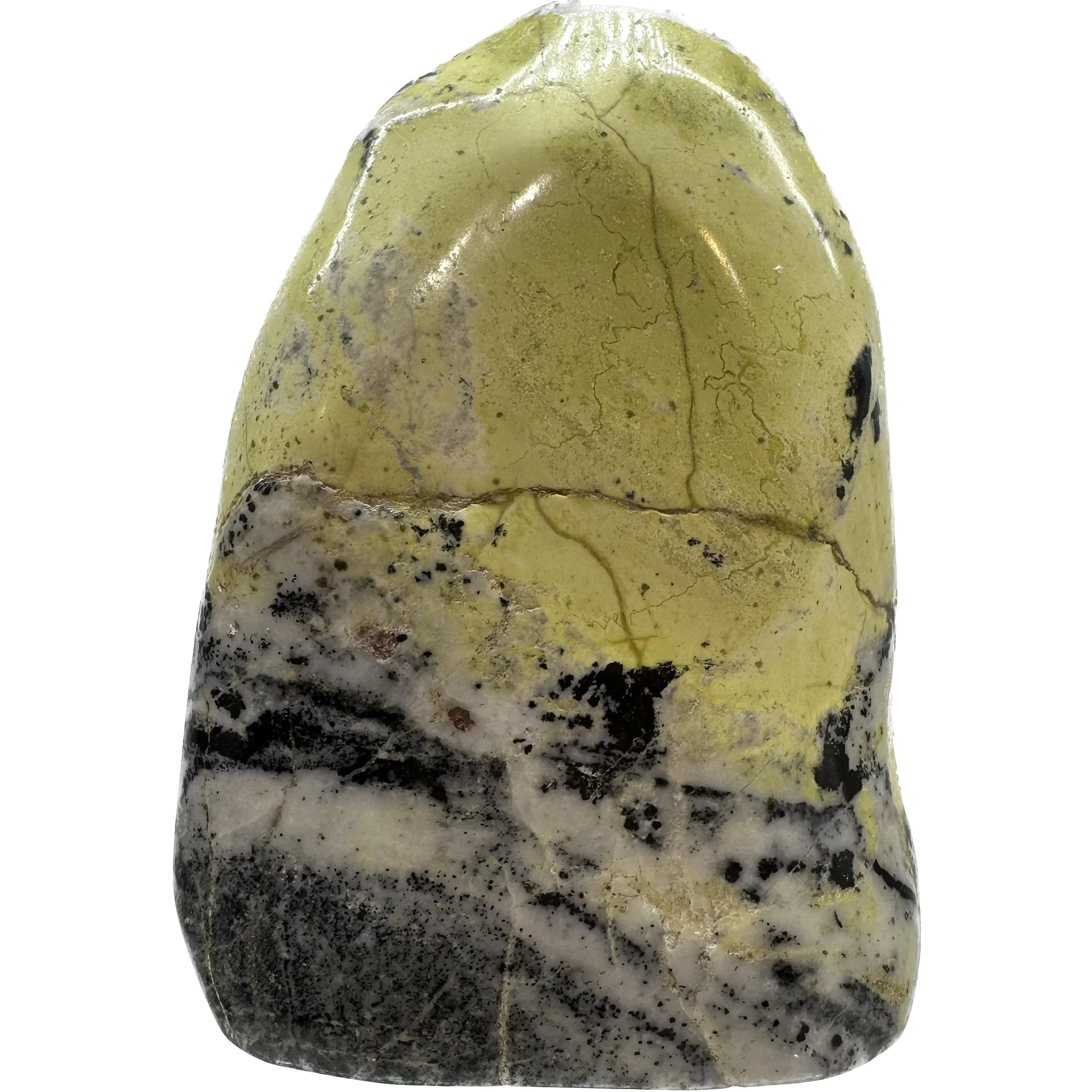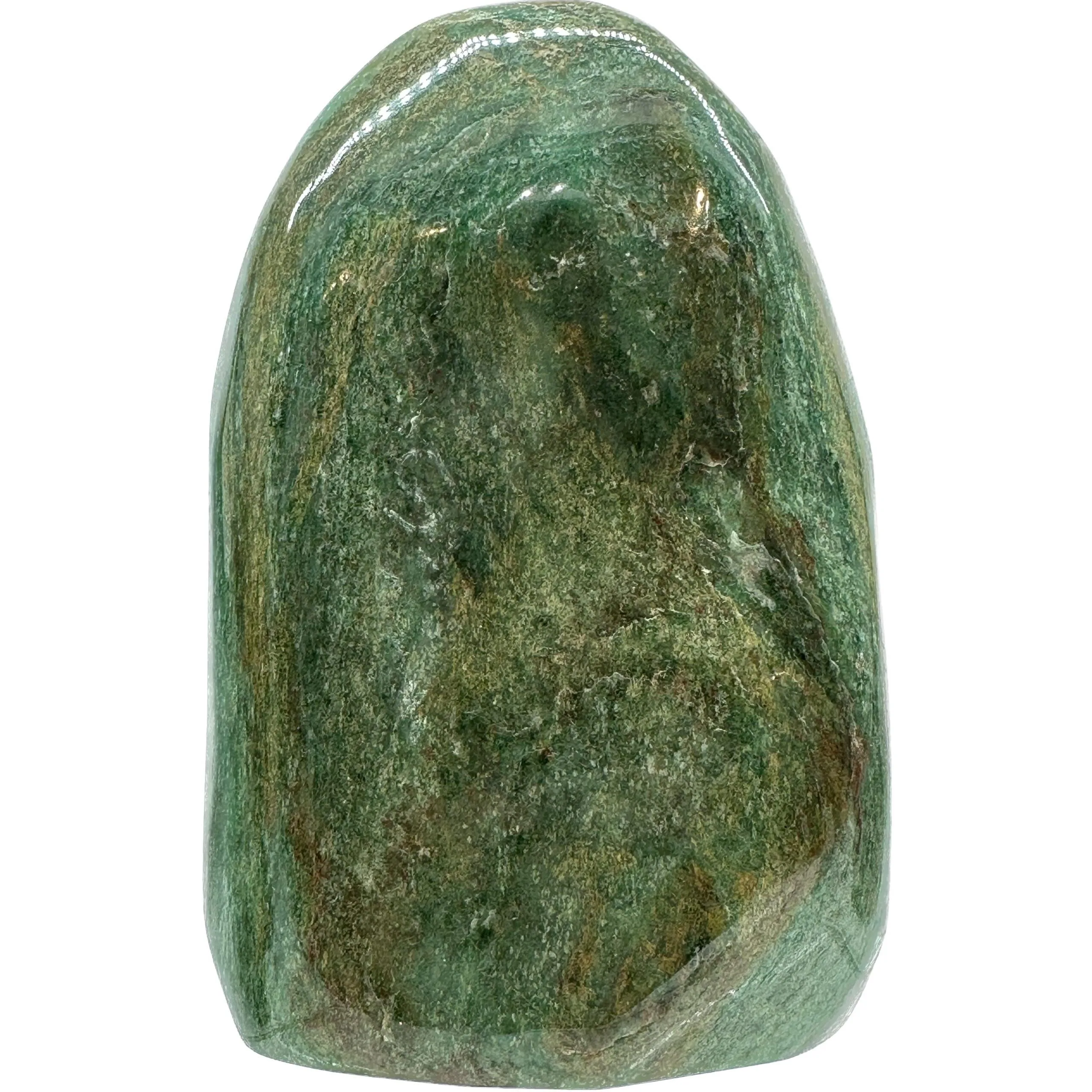Orca Agate- Brazil display specimen
Agates are a type of chalcedony, a milky form of quartz, that appears in a striking banded formation that people have found aesthetically pleasing for centuries. Chemically, it is identical to quartz, amethyst, and carnelians, but because it forms in a different way, this stone looks radically different. Like all forms of chalcedony, its chemical formula is SiO2, and the colors come from impurities in the silicon dioxide. In addition to coming in a range of stunning colors in nature, the highly porous stone is also sometimes dyed to be more vivid in color.
Brazil, Uruguay, and the Western United States are all sources for raw agate. Traditionally, Germany has been the capital of agate processing, and products are shipped from Germany to jewelers and stores all over the world. The distinctive stone is used in jewelry and to make decorative household ornaments such as bookends and coasters. Some religious ornaments are also made from it, including worry beads and meditation stones carried in many cultures. Deposits of volcanic rock frequently harbor agate, which is formed when silicates make deposits in cracks and holes in rock.
The outer layer of the stone tends to turn dark and crusty, but the layers inside form rich bands of color that can be cut in cross section and polished for use in jewelry. It is very similar to onyx, another form of chalcedony that forms in successive layers, but agates tend to have more irregular bands and a wider range of colors. Some agates are so distinctive that they carry their own names, such as moss agate, a unique form that has feathers of rich mossy green riddling a white stone. Iris agate, another special occurrence of the rock, has a remarkable iridescent sheen. Both forms, along with other varieties, are used in rings, bracelets, and necklaces, and are usually cut large to show off the rich bands of color.
Often, a piece of jewelry made with the stone will have an unusual shape to accommodate a unique and striking pattern. If kept in heat and sunlight, agate can crack and fade, so owners should make sure to store it in a cool, dark place. If the stone becomes dirty, it can be washed in soap and a mild detergent solution, but people should do not use harsh or abrasive chemicals on it. Agates can scratch or crack if they are handled roughly, so owners should be gentle with jewelry made from it, and try to avoid slamming it into things or dragging it across hard surfaces.
This stone can be cut in practically any shape and can come in sizes larger than a few carats. Tourmaline also has many industrial, scientific and technological uses. One of the attributes of Tourmaline is that it can induce electrical charges by applying pressure against the vertical axis. This special quality is known as piezoelectricity and other minerals such as quartz also have this attribute. Tourmaline can also have the attribute of pyroelectricity, this is similar to a battery, where one end of the mineral has a negative charge and the opposite end has a positive charge.

